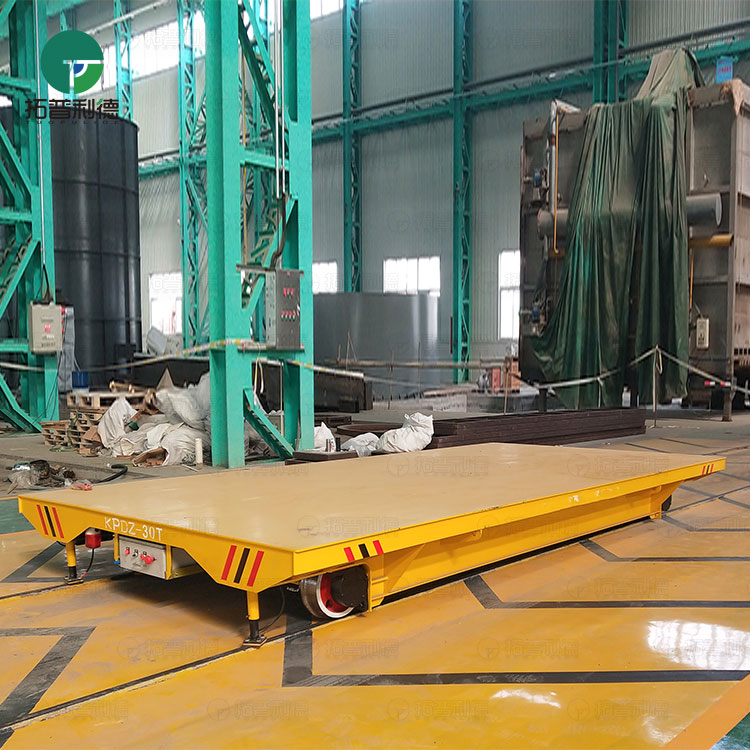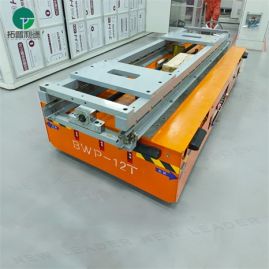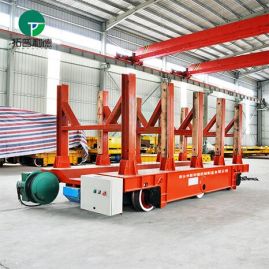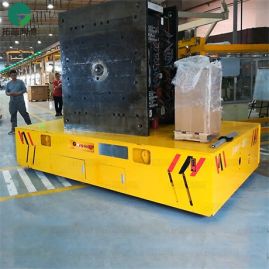How To Install And Use Low Voltage Power Supply Electric Transfer Cart?
Low-voltage power supply electric transfer cart is a common logistics equipment and is widely used in warehousing, logistics, manufacturing and other fields. Correct installation and use methods can effectively improve work efficiency and reduce the risk of accidents.

1. The resistance between the two rails is not less than 10KW. For this reason, the rails should be insulated. For example, the bottom of the rail is coated with asphalt and both sides of the rail are filled with tar sand.
2. The actual voltage of the 36V power supply rail should not be greater than the 42V, transfer cart and should not be less than 32V when starting at the end of the line.
3. The rail surface of the two rails should be 8-10mm higher than the workshop floor. There should be a wheel edge groove on the inner side between the two rails to allow the transfer cart to pass smoothly.
4. If it is a seamed rail, the outside of the rail joint should be chamfered at 3~5mm×45° to avoid collision with the lower edge of the friction block that is not chamfered.
5. The electric transfer cart cannot be towed by other vehicles that are greater than the rated speed of the transfer cart to avoid overspeeding of the motor.
6. The electric transfer cart must be inspected when it is used for the first time, and it should also be inspected regularly during use.
7. The electric transfer cart uses forward and reverse parking buttons to operate with the cart. It should be reversed after parking. Rapid direction changes are strictly prohibited.
8. Run the new cart empty for more than 10 minutes. After observing that all components are normal, gradually increase the load to the rated load.





